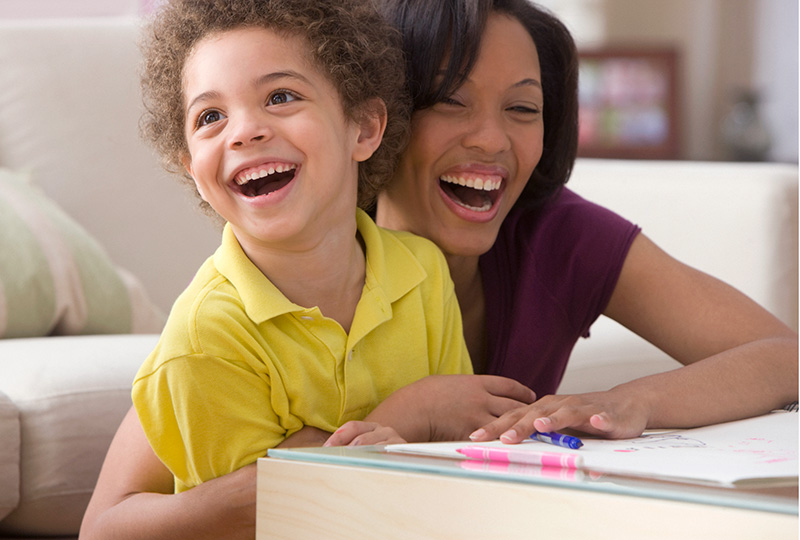Vision boards can help with smart goal setting to inspire your children and build self-esteem.
My youngest son has always struggled with trying to keep up with his big brother. It’s been a huge source of frustration for him as he works to achieve milestones he’s not quite ready for.
In an effort to boost his self-esteem and shift his focus from his brother’s goals to more age-appropriate pursuits we implemented a fun New Year’s Eve tradition: creating family vision boards.
Vision boards, also known as goal boards or dream boards, are a great tool for building self-confidence and encouraging kids to dream.
Try using the popular SMART goal setting technique as the cornerstone for helping your children set achievable goals and tips for creating your vision boards:
S: Specific
Help them get extremely detailed about the goals they set. For example instead of saying, “I want to learn to read,” say, “I want to read 50 books. OR “I want to finish The Magic Tree House series.”
M: Measurable
This helps them keep track of their goals. So decide to practice reading for 20 minutes a day instead of just “reading more.”
A: Attainable
If they set goals that are unattainable, they will quickly get discouraged and eventually will want to quit. Encourage them to dream, but make sure they also set goals that are attainable. Achieving challenging, but reachable goals inspires confidence.
R: Realistic
Whatever their goals, make sure at least some of them are within reason. Of course we want them to dream big, so not all goals have to be something they can achieve in the next year, but some should be. The idea is to help build their confidence through little successes, which will give them self-esteem and drive they need to reach for their bigger goals.
T: Timely
If necessary, help them break their goals down into smaller steps to get there. If they want to learn to read, but don’t know all of their letter sounds, set a goal to learn the sounds by a certain date before they start working on putting them together.
As much as possible, let the goals be their idea. You can facilitate the process by asking questions or sharing your own examples, but don’t give in to the temptation to create their goals for them. The confidence boost comes from helping them identify what they want to accomplish. The fun comes from letting the dream up who they want to be. Our little guys came up with some pretty unique ideas like chopping down a tree for firewood and saving $247.
Once they’ve decided on their goals, it’s time to get crafty. Break out the poster board, old magazines, scissors, glue, markers and crayons and let them turn their goals into visions. Hang the finished product where they can see it and encourage them in their pursuits.
Round out the project by reading Dr. Seuss’ “Oh The Places You’ll Go.” It’s a great book to facilitate a creative, but light-hearted conversation about goals, challenges and the joy of the journey.
This post was written by Calie Shackleford, a health coach, writer and author of the eBook, “The ABCs of Super Foods.”


